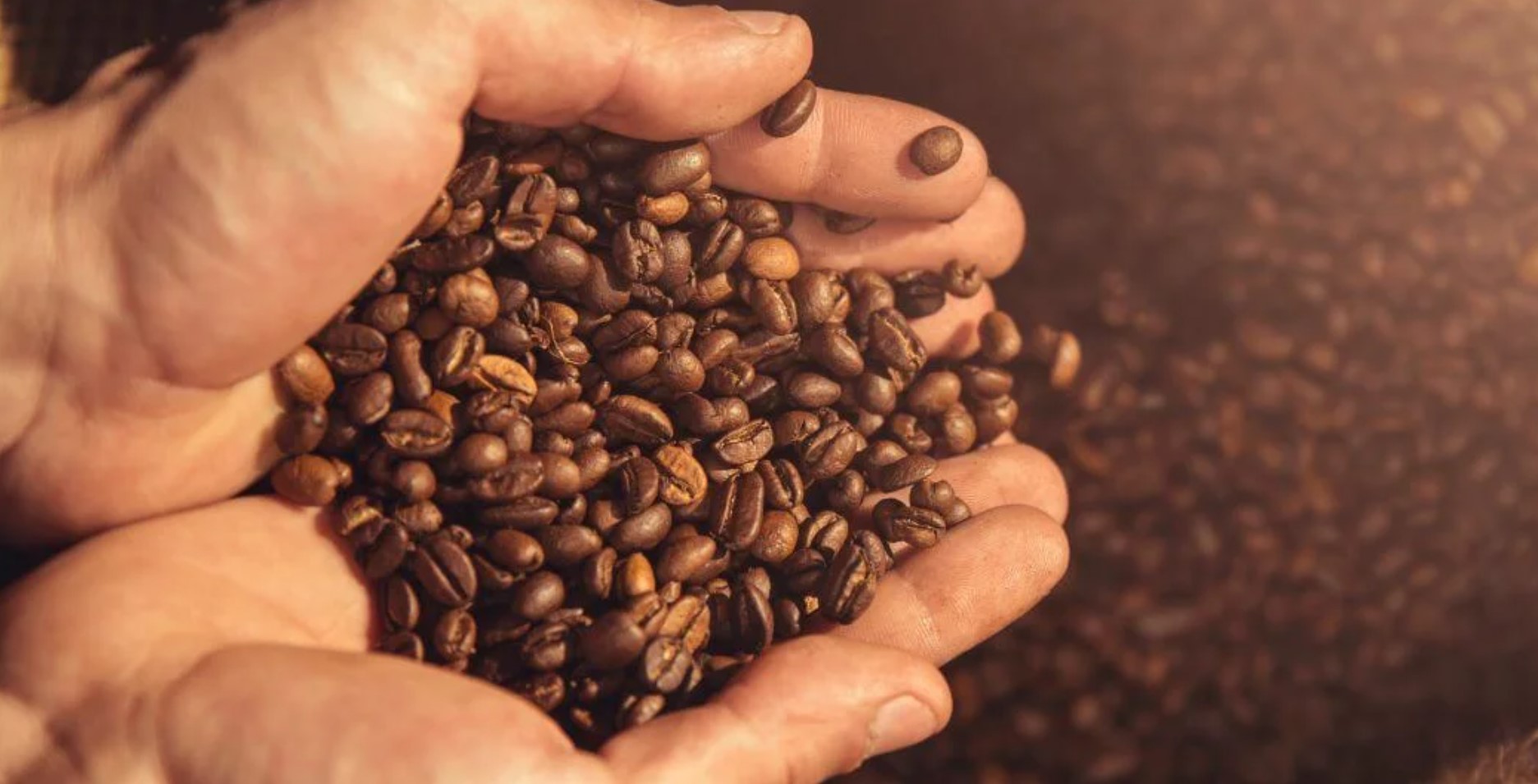Coffee is more than just a beverage; it’s a culture, a way of life. For coffee enthusiasts seeking an elevated experience, specialty coffee offers a delightful journey into the world of craft coffee. In this article, we will explore the origins, production, brewing methods, flavors, and cultural significance of specialty coffee. So, grab your favorite mug, and let’s embark on this flavorful expedition.
What is Specialty Coffee?
Specialty coffee is a term used to describe coffee that excels in quality and taste. Unlike commercial coffee, which often prioritizes mass production and consistency, specialty coffee emphasizes the unique characteristics of each coffee bean. These beans are carefully sourced, cultivated, and processed to preserve their distinct flavors and aromas.
The Origin and History of Specialty Coffee
The origin and history of specialty coffee is a fascinating journey that takes us back centuries to the ancient coffee forests of Ethiopia. It is in these lush forests that coffee cherries were first discovered, and the tradition of coffee consumption began.
- Discovery in Ethiopia: According to legend, a young Ethiopian goat herder named Kaldi noticed that his goats became unusually energetic and lively after eating the red cherries from a particular tree. Intrigued, he tried the cherries himself and experienced a surge of energy. Kaldi shared his discovery with a local monk, and together they brewed the cherries into a beverage, giving birth to the first cup of coffee.
- Spread to the Arabian Peninsula: The knowledge of coffee’s invigorating properties spread across the Arabian Peninsula. By the 15th century, coffeehouses, known as “qahveh khaneh,” became popular gathering places in cities like Mecca and Constantinople. These coffeehouses became centers of social interaction and intellectual exchange.
- The Rise of Coffeehouses in Europe: Coffee was introduced to Europe in the 16th century through trade routes. The first European coffeehouse opened in Venice in 1645, and soon after, coffeehouses sprouted across the continent. These coffeehouses became hubs for artists, scholars, and merchants, fostering discussions and cultural exchange.
- Coffee in the New World: Coffee found its way to the Americas during the colonial era. In the 17th century, the first coffeehouse in the New World opened in present-day New York City. Coffee quickly gained popularity, and coffee plantations were established in the Caribbean and Central and South America.
- Industrialization and Commercial Coffee: With the advent of industrialization, coffee production shifted from small-scale, artisanal methods to large-scale commercial farming. This focus on mass production led to a decline in coffee’s quality and taste, as the unique characteristics of each bean were overshadowed.
- Specialty Coffee Revival: The specialty coffee movement emerged in the late 20th century as a response to the degradation of coffee’s quality. The movement sought to revive the art of coffee cultivation, processing, and brewing, emphasizing the importance of preserving the distinct flavors and aromas of each coffee bean.
- Direct Trade and Ethical Sourcing: Specialty coffee advocates promoted direct trade and ethical sourcing practices. By establishing direct relationships with coffee farmers and paying fair prices for their crops, specialty coffee roasters ensured that farmers received recognition and fair compensation for their hard work.
- Third Wave Coffee Culture: In recent years, the “third wave” of coffee culture has gained momentum. This movement celebrates the artisanal aspects of coffee, from small-batch roasting to precise brewing methods. Coffee enthusiasts now focus on the unique characteristics of coffee beans, much like wine connoisseurs appreciate different grape varietals.
- Global Coffee Community: Today, specialty coffee has become a global community of coffee growers, roasters, baristas, and consumers who appreciate the complexities and nuances of coffee. The search for the perfect cup of specialty coffee continues to drive innovation and experimentation in the industry.
- Sustainable and Responsible Practices: Specialty coffee also champions sustainability and ethical practices. Certifications such as Fair Trade and Rainforest Alliance ensure that coffee production supports environmental conservation and social responsibility.
The origin and history of specialty coffee have come full circle, from its humble beginnings in Ethiopian forests to the global phenomenon it is today. The journey continues as coffee enthusiasts, farmers, and industry professionals strive to create exceptional coffee experiences while preserving the rich heritage and traditions of this beloved beverage.
What Makes Coffee “Specialty”?
Several factors contribute to the specialty designation of coffee. First, it begins with the cultivation of high-quality coffee beans from specific regions known for producing exceptional crops. Next, the harvesting process is crucial, as only ripe coffee cherries should be picked by skilled hands.
Moreover, specialty coffee is often produced on a smaller scale, allowing for meticulous attention to detail during every stage of production. This artisanal approach ensures that each batch of coffee is unique and of the highest quality.
The Craft of Coffee Roasting
The craft of coffee roasting is an artful process that transforms green coffee beans into aromatic, flavorful, and beautifully roasted beans ready for brewing. Roasters carefully control the time, temperature, and other variables to achieve the perfect roast profile for each coffee bean. Let’s explore the key elements of this intricate craft:
|
Stage |
Temperature |
Time |
|
Drying Phase |
200-250°C |
3-5 minutes |
|
First Crack |
205-220°C |
3-4 minutes |
|
Development Phase |
210-230°C |
2-3 minutes |
|
Second Crack |
225-230°C |
2-3 minutes |
|
Cooling Phase |
Varies |
Varies |
- Drying Phase: The first stage of roasting involves drying the green coffee beans. The roaster gradually raises the temperature to around 200-250°C to remove the moisture content of the beans. This process prepares the beans for the chemical reactions that will occur during the later stages of roasting.
- First Crack: As the temperature reaches 205-220°C, the beans undergo an audible “first crack.” During this stage, the beans expand and release trapped gases, causing a cracking sound. This crucial moment marks the transition from light to medium roast profiles.
- Development Phase: The development phase is where the magic happens. Roasters carefully control the temperature, usually around 210-230°C, to develop the desired flavors. This phase influences the acidity, sweetness, and body of the coffee, giving it its unique characteristics.
- Second Crack: Some roasts, particularly medium-dark to dark roasts, experience a “second crack” at around 225-230°C. This crackling sound signals the caramelization of sugars and the release of oils within the beans. Dark roasts typically reach this stage.
- Cooling Phase: To stop the roasting process and prevent overcooking, the beans are rapidly cooled after reaching the desired roast level. This step locks in the flavors and aromas developed during roasting.
Roasters must strike a delicate balance between preserving the inherent qualities of the coffee bean and applying enough heat to coax out the desired flavors. Each bean variety and origin demand a specific roast profile to showcase its full potential.
Coffee roasting is a blend of science and intuition, where the roaster’s skill and experience play a crucial role in achieving the perfect roast. The craft of coffee roasting ensures that every cup of coffee delivers a delightful and memorable experience for coffee lovers around the world.
Exploring Different Coffee Brewing Methods
Brewing methods significantly impact the taste and characteristics of the final cup. From the classic drip brew to the trendy pour-over and espresso, each method accentuates distinct nuances in flavor, acidity, and body.
The Role of Coffee Beans and Their Varietals
Coffee beans and their varietals play a fundamental role in determining the flavor, aroma, and overall characteristics of the coffee we enjoy. Different coffee bean varieties, each with its unique attributes, contribute to the rich diversity found in the world of coffee. Let’s explore the significant role they play:
|
Coffee Bean Varietal |
Flavor Profile |
Growing Regions |
|
Arabica |
Sweet, Floral, Fruity, and Complex |
Latin America, Africa, Asia, and some parts of the Caribbean |
|
Robusta |
Bold, Bitter, Earthy, and High Caffeine Content |
Africa, Southeast Asia, and parts of Central America |
- Arabica Coffee Beans:
- Flavor Profile: Arabica beans are renowned for their delicate and nuanced flavors. They often exhibit a wide range of taste notes, including sweetness, floral undertones, fruitiness, and complex acidity. These flavors make Arabica coffee a favorite among specialty coffee enthusiasts.
- Growing Regions: Arabica coffee thrives in higher altitudes with cooler temperatures and ample rainfall. It is commonly grown in regions of Latin America, Africa, Asia, and some parts of the Caribbean. Each growing region contributes to the unique flavor profile of the beans.
- Robusta Coffee Beans:
- Flavor Profile: Robusta beans are distinctly different from Arabica beans, offering a bold and robust flavor profile. They tend to have higher bitterness and earthy undertones. Additionally, Robusta beans contain more caffeine, adding to their strong character.
- Growing Regions: Robusta coffee is more resilient and thrives in lower altitudes and warmer climates with consistent rainfall. It is commonly grown in regions of Africa, Southeast Asia, and parts of Central America. Robusta plants are hardy and resistant to diseases, making them suitable for a variety of environments.
- Other Varietals and Hybrids: Apart from Arabica and Robusta, there are numerous other coffee varietals and hybrids. Each one brings its unique combination of flavors, aromas, and growing characteristics. Some specialty coffee farms experiment with crossbreeding different varietals to create exciting new profiles.
Coffee producers and roasters carefully select the varietals and beans that best suit their desired flavor profiles. Additionally, factors such as altitude, climate, soil conditions, and processing methods further influence the final taste of the coffee.
Understanding the role of coffee beans and their varietals allows coffee enthusiasts to explore the diverse world of coffee flavors and appreciate the dedication of farmers and roasters in delivering a delightful and flavorful cup of coffee.
Understanding Coffee Flavors and Aromas
Tasting coffee goes beyond a simple sip. It involves discerning a myriad of flavors and aromas, from fruity and floral notes to nutty and chocolatey undertones. Developing a refined palate can enrich the coffee-drinking experience.
The Impact of Climate and Terroir on Coffee
The environment in which coffee is grown significantly affects its taste. Factors like altitude, soil composition, and weather conditions create what is known as “terroir,” influencing the final product’s flavor profile.
Specialty coffee is a world of craftsmanship and sensory delights. It celebrates the efforts of dedicated coffee producers and artisans who bring us the finest flavors from coffee beans worldwide. By exploring the nuances of specialty coffee, we elevate our coffee-drinking experience and support sustainable practices within the coffee industry.
FAQs
- What makes specialty coffee different from regular coffee? Specialty coffee focuses on the unique characteristics of high-quality coffee beans, while regular coffee often prioritizes mass production and uniformity.
- Why is the origin of coffee beans important in specialty coffee? The origin of coffee beans determines their flavor profile, as factors like climate, altitude, and soil composition influence the taste.
- What is the third wave of coffee? The third wave of coffee emphasizes artisanal and creative approaches to coffee, with a focus on small-batch roasting and precise brewing techniques.
- Can I brew specialty coffee at home without expensive equipment? Yes, with some basic equipment and proper brewing techniques, you can enjoy specialty coffee at home without breaking the bank.
- How can I develop a refined palate for tasting coffee? Regularly tasting different coffee varieties and paying attention to the flavors and aromas will help refine your palate over time.

